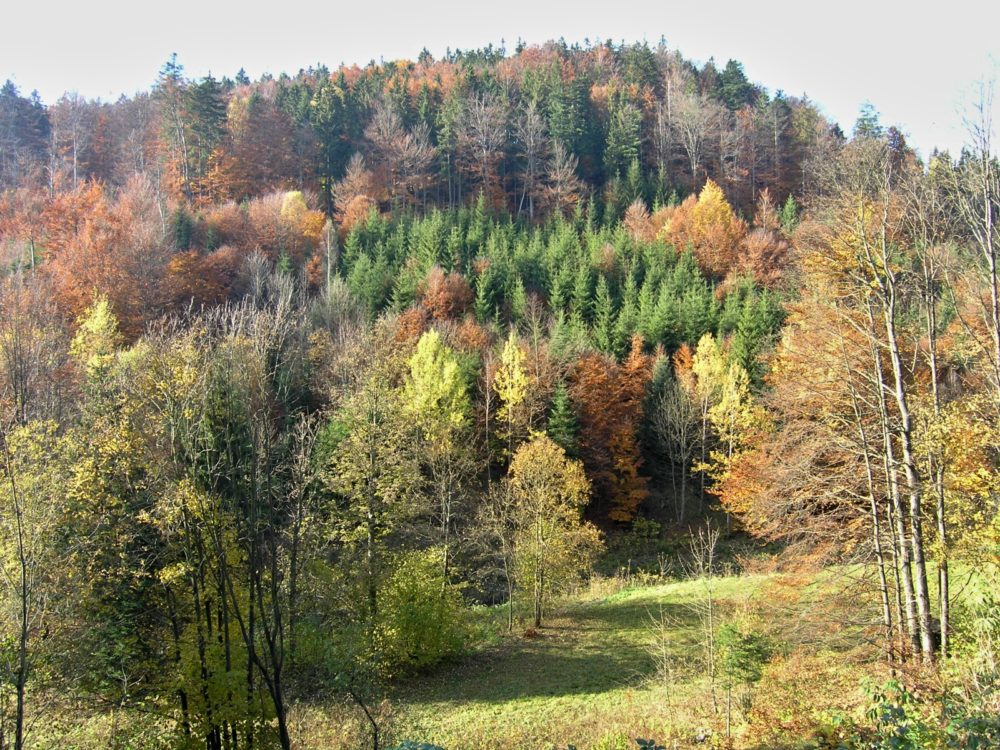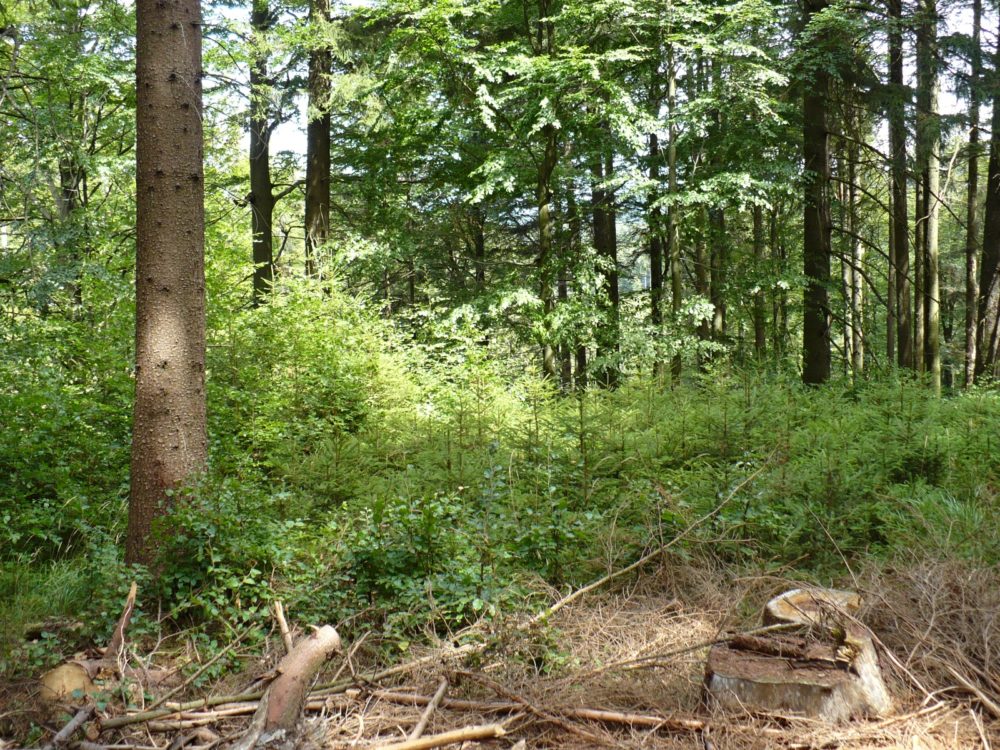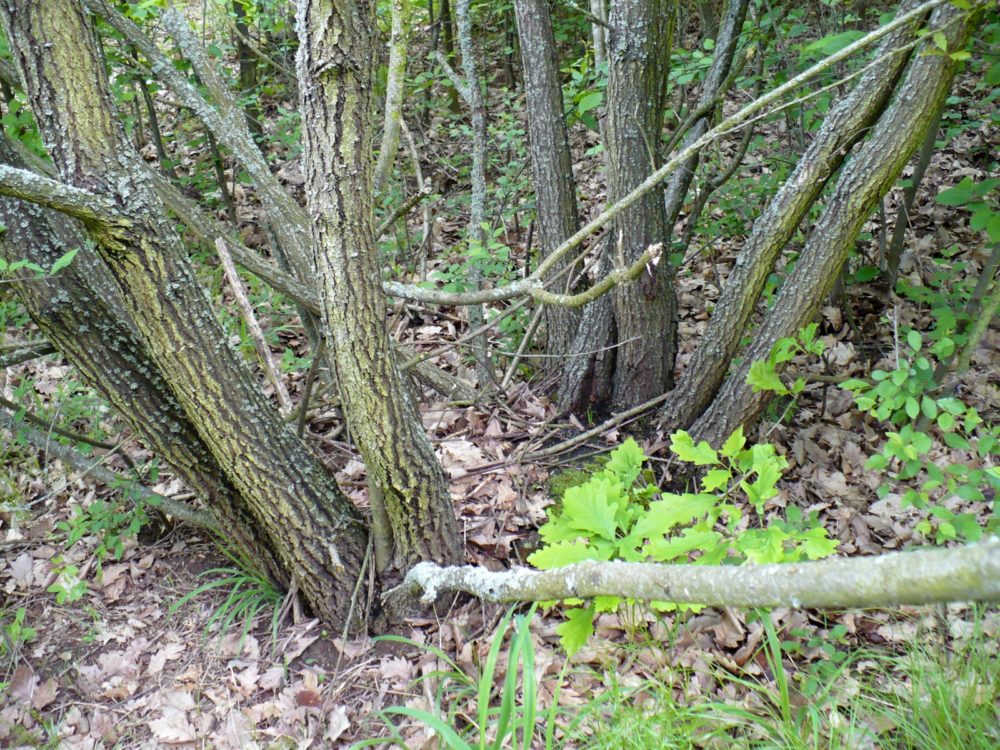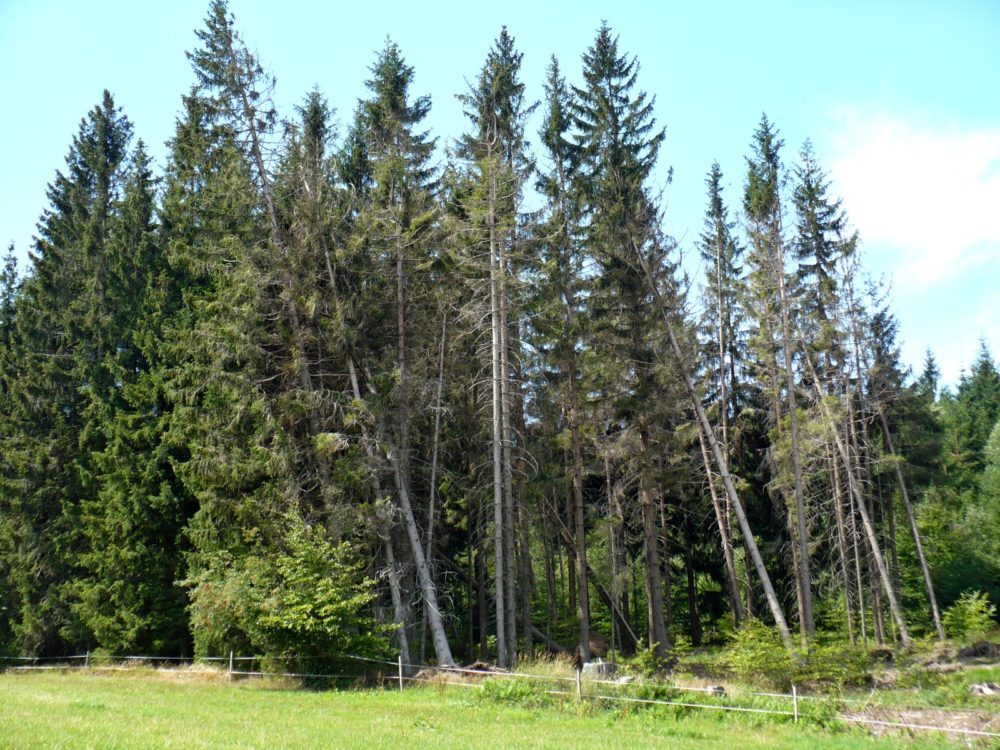Proper management is advantageous for small forest owners
 Photo: Colourful forests fulfilling the functions expected by the owner and society can be mixed as a group or individually – the basis is compliance with specific local environmental conditions and the ecological requirements of the represented tree species, VÚLHM archive
Photo: Colourful forests fulfilling the functions expected by the owner and society can be mixed as a group or individually – the basis is compliance with specific local environmental conditions and the ecological requirements of the represented tree species, VÚLHM archive
More than 30 years ago, forest properties were returned in the Czech Republic. However, due to a long period of expropriation lasting around 40 years, many small owners lost their connection to the historical experience and management goals of their predecessors. The process of returning to management in small forests varies in success. In practice, well-maintained forest stands and properties from which pests have spread to neighbouring lands can be observed.
Even with the wide range of information sources available to forest owners today, scientists from VÚLHM, v. v. i., found it beneficial to summarize some recommendations in the field of forest cultivation. They developed the certified methodology Pěstební postupy obnovy a výchovy lesa pro drobné vlastníky (Silviculture Measures for Small Forest Owners), while working on the NAZV project QK21020371 “Sustainable Management in Smallholder‘s Forests.”
The methodology aims to offer users modified cultivation procedures for small forests, including underutilized measures to enhance the condition and functionality of small forests. Recommendations are tailored based on the property size, current condition (e.g. catastrophic decay), and the owner’s objectives.
 Photo: Natural regeneration of spruce and beech under the mother stand. A mixture regenerated this way can be the basis of a stable ecosystem with adequate production, especially at higher altitudes. (VÚLHM archive)
Photo: Natural regeneration of spruce and beech under the mother stand. A mixture regenerated this way can be the basis of a stable ecosystem with adequate production, especially at higher altitudes. (VÚLHM archive)
The researchers focused on the motivation of forest owners to manage their forests using the latest knowledge and historical experience in activities such as forest regeneration and silviculture measures.
In addition to proper forest protection procedures, scientists believe that focusing on silviculture activities is essential for meeting a wide range of goals and adapting to climate change, especially for small forest owners.
The usual classification for forest properties as “small” is up to 50 hectares, also referred to as “small forests.” Currently, approximately 465,000 properties in the Czech Republic are owned by people, with small forests making up more than 67% of the total forest area. 42% of the mentioned forest area falls into the 1–10 hectare size category. It is crucial to consider the approach owners of these small areas take in caring for their property.
In reality, some landowners are very enthusiastic about investing in their property and may not always expect immediate results, even if they prioritize other functions over wood production. On the other hand, there are also many cases of little interest in smaller forest properties, which can lead to pests spreading to neighbouring properties or even result in disasters.
 Photo: Forest management with low or medium tree density, utilizing domestic trees like oak in suitable habitats, can support biodiversity in addition to wood production. (VÚLHM archive)
Photo: Forest management with low or medium tree density, utilizing domestic trees like oak in suitable habitats, can support biodiversity in addition to wood production. (VÚLHM archive)
According to the applicable forest law, an owner is not obligated to manage their forest according to the forest management plan (LHP) and can instead use the forest management scheme (LHO). However, it is necessary to communicate with a professional forest manager who understands the owner’s objectives and can provide guidance on the various aspects of owning a small forest.
As per the law, the owner of the forest must engage a professional forest manager (OLH), regardless of the size of the property. The owner can choose the manager themselves (subject to qualifications specified by law), or a manager is typically assigned from the relevant local branch of the state company Lesy ČR or is authorized by the state forest administration body for the municipality with extended jurisdiction (ORP) on behalf of a legal or physical person.
The presence or absence of trees and shrubs on a locality does not necessarily indicate that it is “forest” land. According to the cadastre (https://www.cuzk.cz/), the owner of forest land is the one whose land is listed as “forest land” in the “type of land” column or as “land intended to fulfil the functions of a forest” (PUPFL), or both, in the “method of real estate protection” column. It is important for every forest owner to be aware of their boundaries and, if possible, to maintain them.
 Photo: In unstable stands (i.e. not prepared by appropriate silviculture measures), the risk of their disintegration increases during further measures, such as the insertion of a restoration element or implementation of random logging due to a bark beetle attack. (VÚLHM archive).
Photo: In unstable stands (i.e. not prepared by appropriate silviculture measures), the risk of their disintegration increases during further measures, such as the insertion of a restoration element or implementation of random logging due to a bark beetle attack. (VÚLHM archive).
The methodology provides a brief summary of information on the measures that owners of small forests can use to achieve their individual goals when managing their small forest property. It aims to help owners understand professional terminology, the complexity of the work, and make decisions based on their resources and the assistance available from expert forest managers in an accessible manner.
The methodology is mainly designed for owners of small forest areas (up to 50 hectares). These recommendations, developed in collaboration with OLH, are intended to assist owners in achieving their forest management goals in compliance with relevant legislation. In addition to OLH, this methodology can also be utilized by state forestry and nature protection organizations (such as ORP), forestry schools, and universities, as well as forestry research institutions.
When evaluating the benefits of this methodology, it can be assumed that its application will help improve the condition of small forest properties and ensure the fulfilment of their production and non-production functions. As a result, the risk of their disintegration will be significantly reduced.
If we were to apply at least 3 m3/ha to the toll booth area in random logging, it could serve as a model for the area mentioned above. Assuming a better monetization of wood from intentional logging compared to random logging by around 500 Kč/m3, this could potentially increase sales by approximately 615 million CZK.
The described procedures have another benefit: they focus on restoring and cultivating stands with an emphasis on supporting mixtures. This helps reduce the risk of large-scale destruction of stands, which in turn limits the fulfilment of other functions of the forest.
The methodology Silviculture Measures for Small Forest Owners (Pěstební postupy obnovy a výchovy lesa pro drobné vlastníky) can be downloaded here.
Authors of methodology: Ing. Jiří Novák, Ph.D., Ing. David Dušek, Ph.D., Ing. Jan Bartoš, Ph.D., Ing. Dušan Kacálek, Ph.D., Ing. Jiří Souček, Ph.D.; FGMRI (VÚLHM, v. v. i.), Research Station (Výzkumná stanice) Opočno; e-mail: novak@vulhmop.cz
Prepared by: Ing. Jan Řezáč, VÚLHM, v. v. i., e-mail: rezac@vulhm.cz
